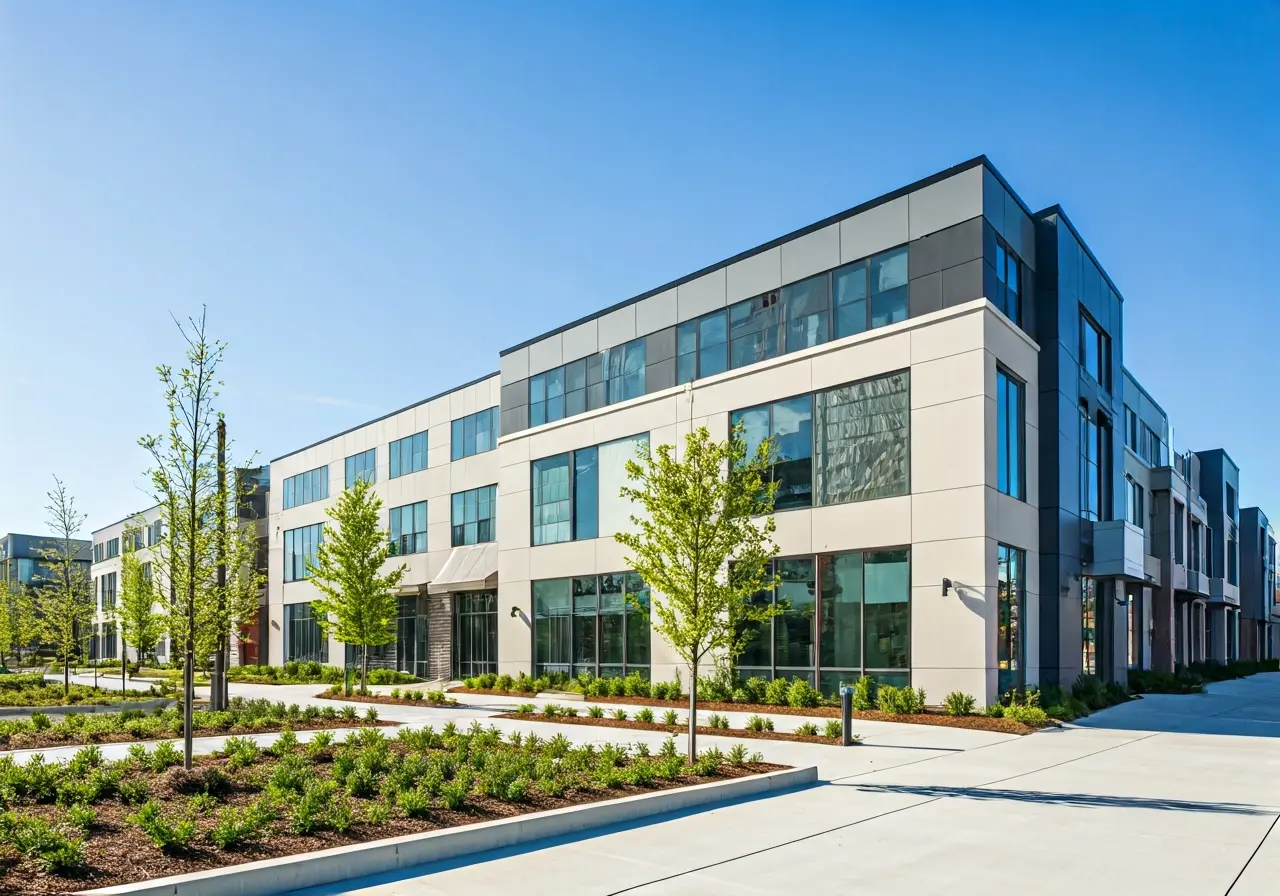Increased return to office volume is a most welcome commercial real estate sign as more office decision-makers choose to give workers a why, not the whip.
Return to office (RTO) is not just a CEO talking point or corporate plan anymore. It’s increasingly becoming a reality. Just check the numbers: February foot traffic at office buildings nationwide was nearly 19% higher year-over-year, according to an AI-enabled office building index that tracks such volume via cell phone data in some 1,000 office buildings across the country.
Overall, there’s still much work to do, however, for office managers, owners and investors to once again feel optimistic about occupancy and, for the latter two, the resulting cash flow and, in turn, capital appreciation of their commercial real estate assets. Office visits were still down 31.3% from February 2020, “the nation’s last ‘normal’ in-office month before COVID changed everything.” Yet, that gap narrowed by more than 5 percentage points since the month before.
The story on returning to the office initially focused on the who, when and where for obvious reasons, but the what and why factors are coming to the fore. Specifically, what is the form of office amenities and surrounding attractions and appeal that provide the why, the motivation, for workers to return?
Location, Location, Vocation
Even a real estate novice knows the importance of location. Regarding office values, RTO becomes a factor as well. After all, tenants are the lifeblood of income-producing real estate. The tech and finance sectors may be boosting RTO volume and are therefore elevating the outlook for office properties in cities with a strong presence from those industries.
Miami and New York continue to “lead the post-COVID office recovery pack,” according to Placer.ai's data based on their strong tech and financial tenant representation, respectively. Visit volume to Miami buildings was down only 9.4% compared to February 2020 and up 23% year-over-year. New York office traffic was down 14.5% compared to right before the pandemic and up 21.7% year-over-year. Dallas, Atlanta, and Washington, D.C. also outperformed the nationwide baseline of -31.3% difference since February 2020.
Kaplan adds retail to tech and financial services as the only industries expected to continue to push for a full return to the office. The reasons cited are that leaders in those fields tend to spend more on commercial real estate and are "the most adamant" that remote work can pose security risks.
Quality Leads to Quantity
To play off the real estate investment phrase ‘flight to quality,’ employees are more likely to return to quality, as in newer Class A or creative office buildings that offer versatility, agility and a well-amenitized, ESG-focused, engaging place for authentic coworker connections to happen and company culture to grow.
As a result, Class A buildings posted a vacancy rate nearly 3% lower than the national average in 2023. On the creative office side, rent in buildings close to the Atlanta BeltLine’s eastside increased by 189% from 2012 to 2023 as opposed to rent growth of 49% overall for metro Atlanta during that same period, according to the Atlanta Business Chronicle.
“We spend most of our time as brand builders and storytellers strategizing on how to attract consumers, but this is another vitally important target audience, one that we often call a company’s greatest asset,” said Vince Vitti, infinitee’s VP, Business Development. “From dynamic workspace design to an emphasis on office connections to surrounding restaurants, entertainment and recreational options, we can continue to elevate the office in service of both workers and owners.”

.jpg)
